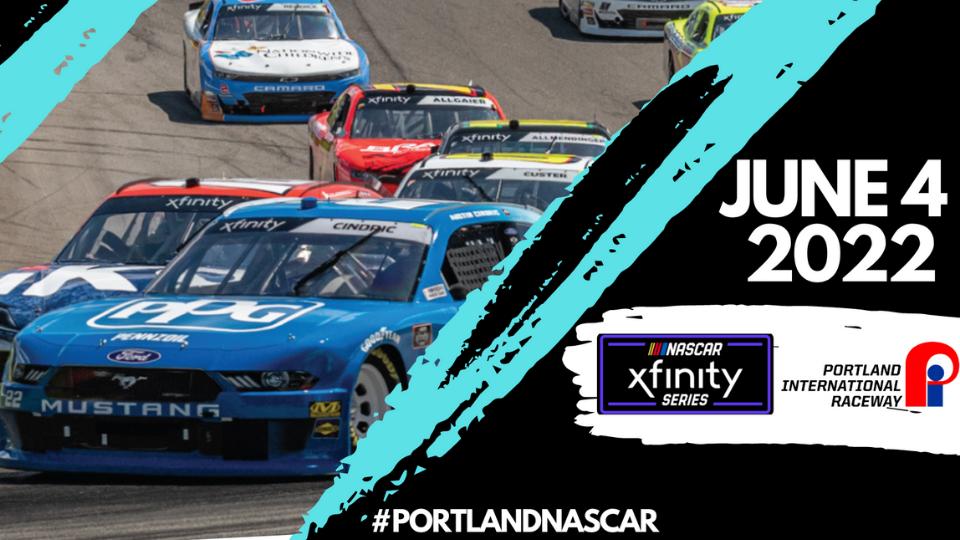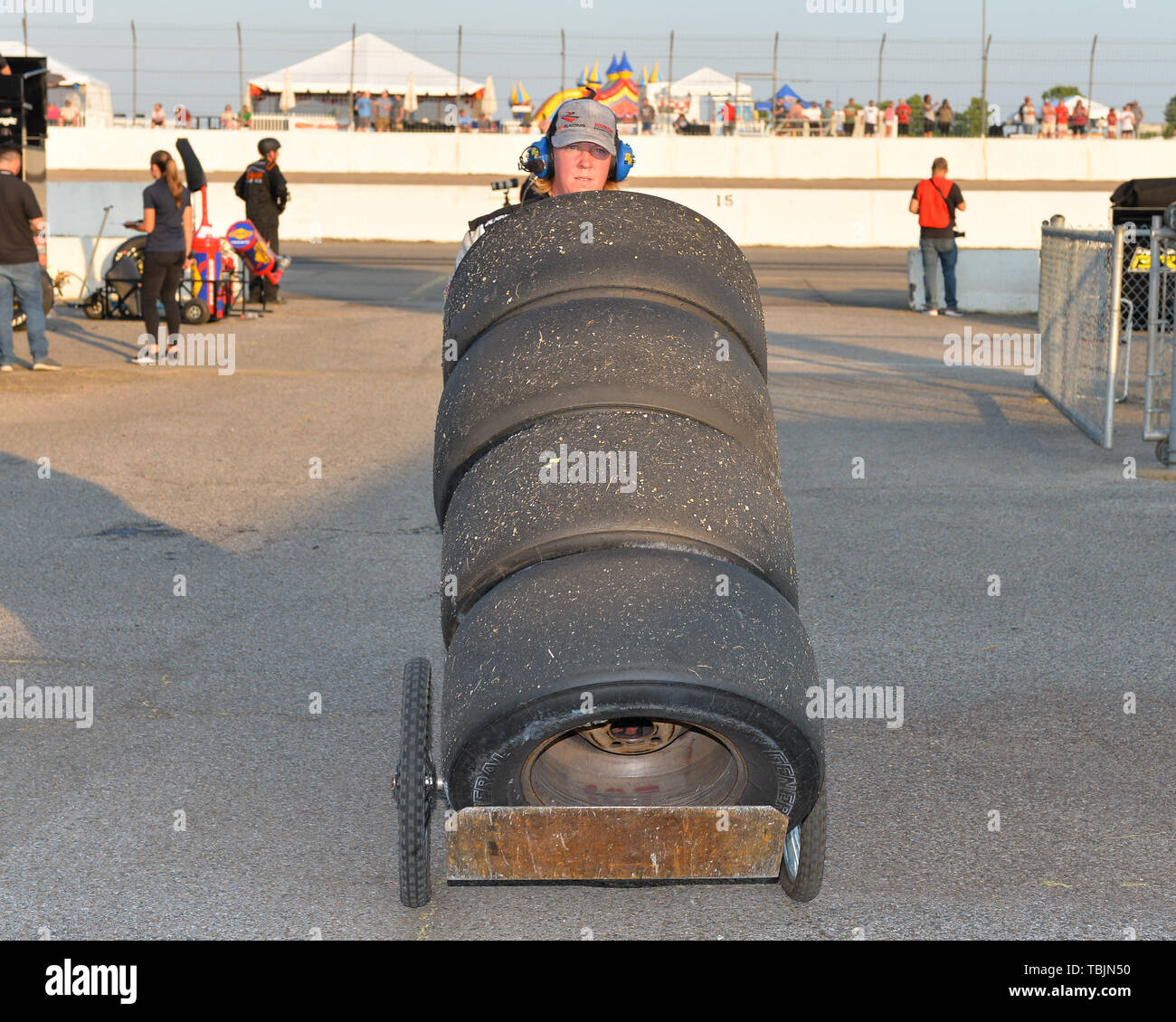
NASCAR's "Car of Tomorrow" has arrived, and it could be NASCAR's fastest car. There are many concerns. Some of the concerns are cost, durability, new design, and costs. Some teams are still trying to improve their installation methods. NASCAR is looking for solutions.
Toyota's Car of Tomorrow'
Toyota's Car of Tomorrow' has more crush-ability, a wider cockpit and a taller driver. The car's driver is located closer to the middle of the car, which lowers the possibility of it going on fire. The "crumple zone" is designed to redirect kinetic energy away from the driver in collisions.
Toyota's Car of Tomorrow' features a sleek design, advanced software and high-tech hardware. The system is controlled remotely and operates in a just-in-time manner. It coordinates with its surroundings to keep the city clean and safe.
New design
Next-generation NASCAR cars are expected to have a coupe-like shape and a wider track. The walls are thicker, which helps reduce fuel leakage and fire hazards. All cars will come with onboard cameras. These will be placed on the outside of the cars at every race. These cameras will allow fans to listen to the driver's audio during the live races, and should improve fan engagement.

The new design will have a larger cockpit than the predecessors. The cockpit is now 2" higher and 4 1/2" wider than in the past cars. Furthermore, the driver's seat is closer to the middle of the car. The car also features crumple zones, which absorb kinetic energy from collisions and divert it away from the driver.
Prices
The Car of Tomorrow's hybrid race car is a 22-gallon fuel cell. The car was successfully tested at the 2.5 mile Daytona International Speedway. It also saw testing at Bristol and Martinsville, two of NASCAR’s shortest tracks. It will also debut in 2008 on roads and longer tracks. It will be used in all events for the next year.
The car is powered by a 12-volt alternator and a pair of batteries. These batteries are easily accessible by the dashboard. The ignition boxes and coils are mounted on a surface plate, which is a large, polished steel platform that is inspected periodically to ensure it is level and absolutely flat. The vehicle is also subject to clearance checks to ensure it meets all of NASCAR's rules.
Durability
The Car of Tomorrow's endurance is an important aspect to be aware of as the series changes its racing formula. Cars suffered a lot from wear and damage in the past. Ross Chastain's car was involved in a crash into a wall during a race at Atlanta Motor Speedway. To be more resistant to collision damage, the new car has been completely redesigned. These changes will improve the car's endurance, which can be raced on a road course or three short tracks.
The car of tomorrow will feature a carbon-fiber body and not sheetmetal. This will improve the car's durability, as well as make it more affordable to repair. The car will also be lighter than the Gen-6.

Opposition
Opposition to the Car of Tomorrow was high before NASCAR first introduced it in 2007. Many drivers resent the heavy, top-heavy design of the Car Of Tomorrow and complained it was difficult to control. Even the winner of the first race complained about the car's weight and difficulty in controlling. However, despite these criticisms, the car has been a success for NASCAR.
However, the car may not be as beneficial due to the higher cost of rebuilding damaged cars. The Car of Tomorrow debuts at Bristol Motor Speedway, March 25th.
FAQ
What is the difference in a road car and racing car?
A road car is intended to be driven on roads. Race cars are specifically designed for competitions like car racing. They are aerodynamically designed to help them accelerate and brake quickly.
What kind of cars are used for racing cars?
Speed is essential for race car drivers. It is what makes them go fast. They have to be quick enough to catch up to other drivers but also strong enough to hold on to the lead. This gives them an edge over other racers because they can easily overtake others at high speed and then pull away from them when they're not looking.
The lightest cars are typically the fastest. They can accelerate quickly and achieve a high speed. But this also means that they have less energy, which can limit how far they can travel in short periods of time. Therefore, they must use energy efficiently.
Engines power most modern-day racing cars. These engines work in a similar way to normal passenger vehicles. These engines use compressed air instead of petrol. This is because petrol can't provide enough power for a car to go fast.
Which country has the largest number of car races?
USA - Car races are held in more than 100 countries. USA holds over 300 car races each year.
What makes a race car driver use these cars?
Engines usually power modern-day racing cars. These engines are very similar to those used in normal passenger cars.
But instead of using petrol, they run on compressed air.
There are many types of car racing.
There are two main categories of car racing: open-wheel and closed-wheel. Open wheel races include IndyCar, NASCAR, Champ Car, Formula One, etc. Closed wheel races include Formula 3000 and DTM, GP2, and others.
How do race car drivers prepare themselves for a race?
Most race car drivers spend their time warming up prior to a race.
It involves running their engines for a certain amount of time.
When they're ready they can begin the race.
Statistics
- According to AutoSport, IndyCar's top speeds are 380km/h or 236 mph. (motorbiscuit.com)
- Acceleration is a little gentler (relatively speaking) too, with 0-100km/h taking an estimated 3.1 seconds and 0-200km/h covered in 7.8 seconds. (autosport.com)
- According to thepostgame.com, “The Daytona 500 is one of four ‘restrictor plate' races on NASCAR's calendar, given both safety and competitive concerns for the long track and its famous 31-degree banking in its four corners.” (defensivedriving.com)
- In 2013 Ferrari had an estimated team budget of $470 million, while elite IndyCar teams have an estimated annual budget of $15 million, according to FormulaMoney. (businessinsider.com)
- According to Toyota, the 390-hp-plus 2019 Yaris WRC runs out of gearing after 124 mph, 19 mph less than the crazy Yaris GR that's currently sitting on dealer lots outside of the U.S. BONUS: (motortrend.com)
External Links
How To
How can I make money as a driver?
If you really want to become a professional racing driver, you will have to earn money while you wait for your chance at winning a championship. Many racers are able to work full-time while they train for their next race. Others make a living selling merchandise or being endorsers during their spare time. Some drivers take part in paid testing sessions to determine if it is possible to become a professional driver.